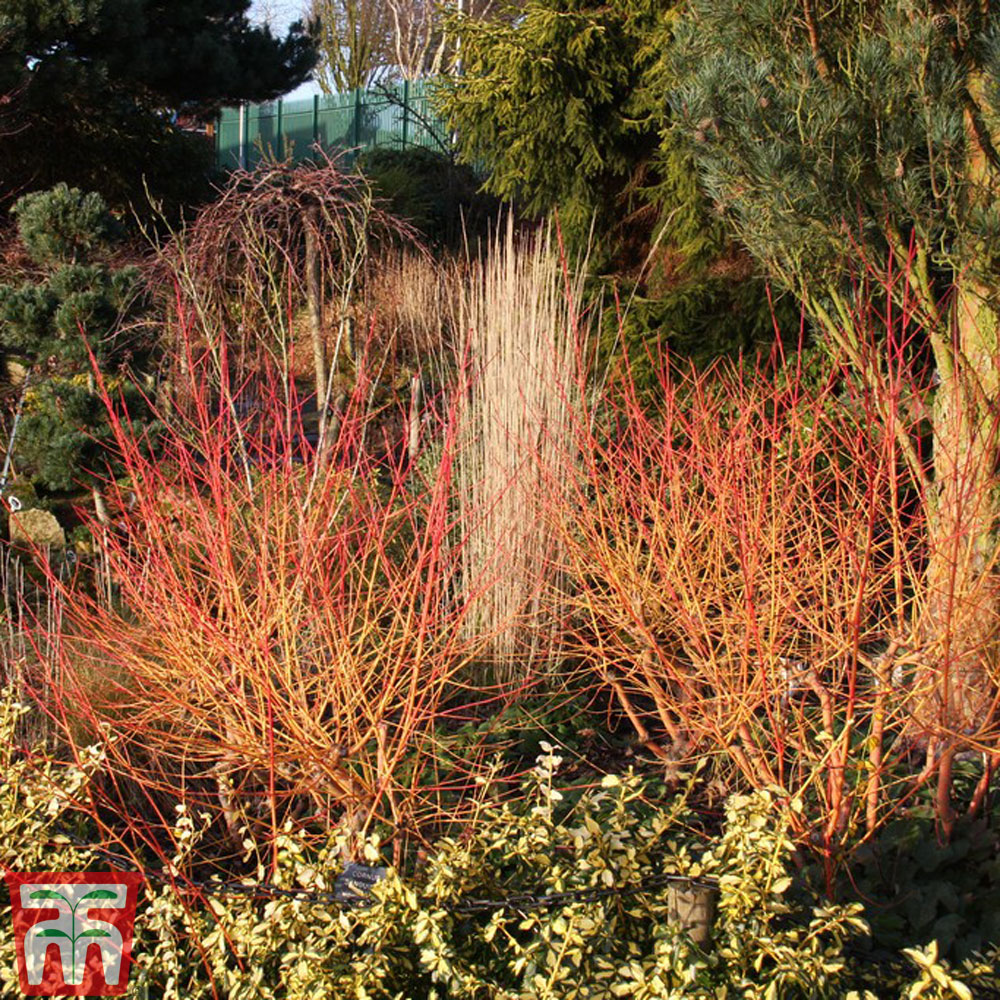
Cornus sanguinea 'Midwinter Fire', Redtwig Dogwood 'Midwinter Fire' in
The Midwinter Fire Dogwood is a small to medium-sized deciduous shrub, growing between 3 and 6 feet tall and wide, depending on pruning. The handsome dark-green leaves are bronzy when young, and turn glowing yellow in fall. The young twigs are pink with purple flushes, turning orange and then bright red by winter.
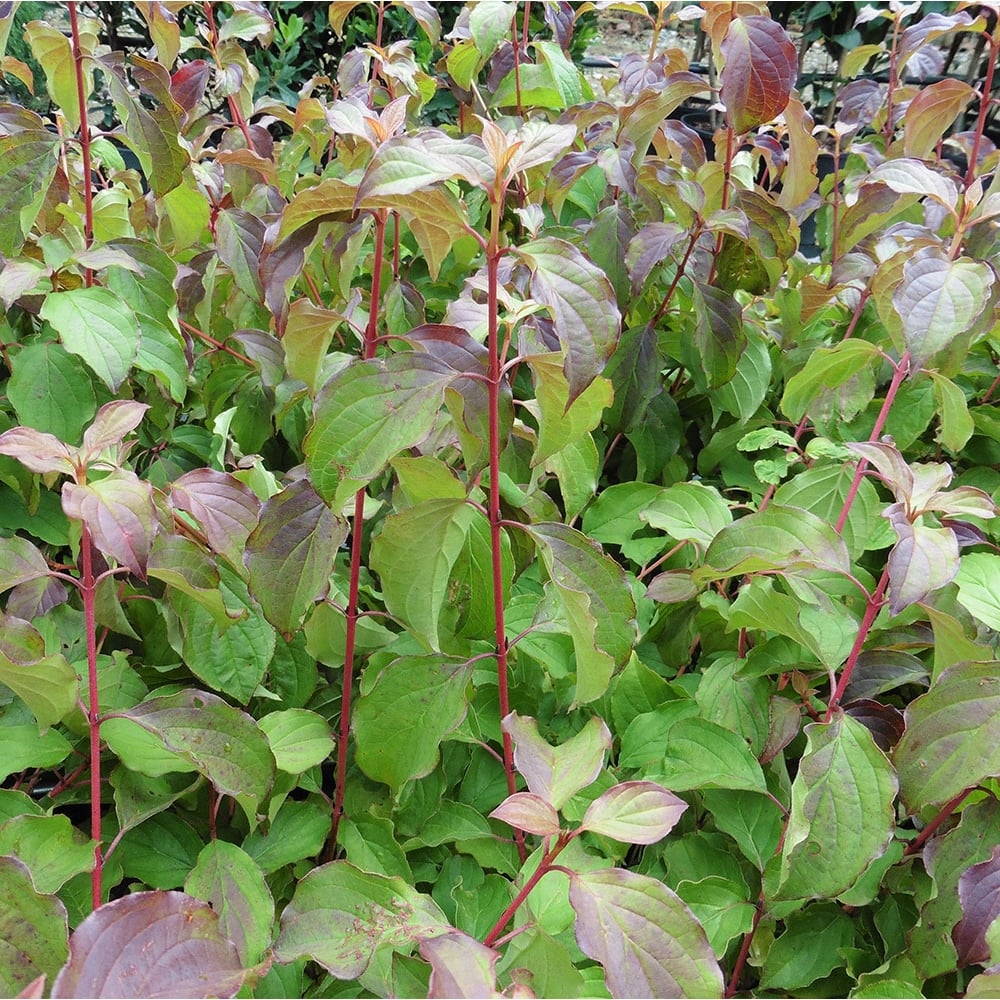
Cornus sanguinea 'Midwinter Fire' Dogwood Shrubs For Sale
Jan 5, 2009. Cornus sanguinea 'Midwinter Fire' is a plant for all seasons—mid-green leaves in spring and summer are supplanted by fiery shades of orange and yellow in autumn. Leaf drop slowly occurs, revealing a conflagration of branches that transport the warmth of the fireside into the winter garden. Yellow at the base of the stems.

Cornus sanguinea 'Midwinter Fire' Dogwood Shrubs For Sale
Cornus sanguinea, commonly known as blood twig dogwood, European dogwood or common dogwood, is an upright, round-topped, spreading, twiggy, multi-stemmed, deciduous shrub that typically matures to 8-15' tall and as wide. It is native to northern Europe and northwestern Asia. Simple broad-elliptic to ovate leaves (to 2-4" long and to 1 3/4.
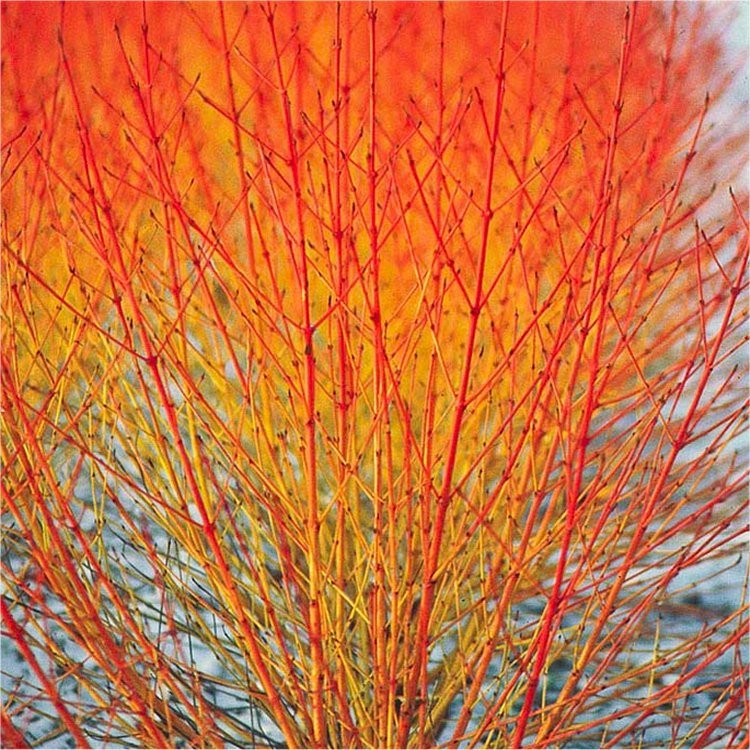
Cornus sanguinea Midwinter Fire (Winter Beauty) Dogwood Garden Plants
Details. A moderate-sized deciduous shrub prized for its bright yellow, orange and red stem coloration. Creates a wonderful effect in the winter garden when set-off by fresh snowfall. Plants are easy to grow and work well in the shrub border, en masse or as a screen. More Information.

Midwinter Fire Dogwood Shop for Shrubs Spring Hill
Growing up to 5-6 ft. high and across (150-180 cm), this Bloodtwig Dogwood is a multi-stemmed, suckering, deciduous shrub with beautiful elliptic to ovate leaves. Winner of the Gold Medal Award of The Pennsylvania Horticultural Society. Cornus sanguinea performs best in full sun to part shade, in organically rich, medium moisture, well-drained.

Redtwig dogwood 'Midwinter Fire' Garden Housecalls
The species name ' sanguinea ' is the Latin for 'bloody' or 'blood-red', referring to the colour of the stems. This cultivar was discovered in a German garden by H.Venhorst in around 1980, and named 'Midwinter Fire' in 1990. The phrase 'dogwood winter' is colloquially used to describe a sudden cold spell in April/May when.

‘Midwinter Fire’ Dogwood Brightens Up The Winter Landscape What Grows
Cornus sanguinea stems in winter. It is a medium to large deciduous shrub, growing 2-6 metres (7-20 ft) tall, with dark greenish-brown branches and twigs. The leaves are opposite, 4-8 centimetres (2-3 in) long and 2-4 centimetres (0.8-1.6 in) broad, with an ovate to oblong shape and an entire margin; they are green above, slightly.

Midwinter Fire Dogwood
Cornus sanguinea 'Midwinter Fire' has particularly striking autumn colour, especially if grown in full sun. It also bears off-white flowers in summer, followed by colourful berries. Cornus sanguinea 'Midwinter Fire' is tolerant of a wide range of soil types. To keep the size of the plant in check and to encourage the most colourful bark, remove.
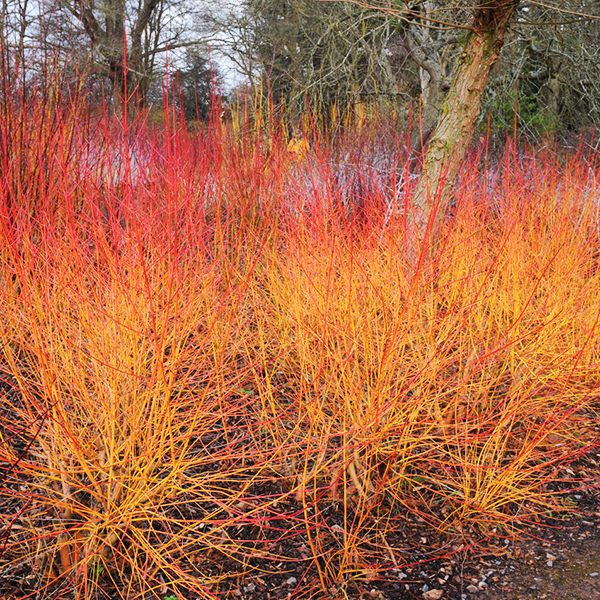
Midwinter Fire Dogwood For Sale Online The Tree Center
Midwinter Fire Dogwood - Offers fiery orange and red stems in winter; Milky Way Kousa Dogwood Tree - Produces abundant white flowers and edible fruits; Pagoda Dogwood - Known for its distinctive horizontal branching pattern; Pink Kousa Dogwood Tree - Features stunning pink flowers in late spring;

PlantFiles Pictures Bloodtwig Dogwood 'Midwinter Fire' (Cornus
The midwinter fire dogwood gets its name from the fact that it blooms in the middle of winter. The midwinter fire dogwood is a member of the genus Cornus. The midwinter fire dogwood is closely related to the Cornelian cherry dogwood. The midwinter fire dogwood is a deciduous shrub. It typically grows to be between 6 and 12 feet tall.
Midwinter Fire Dogwood
Midwinter Fire Dogwood. Keep your garden bright through winter. Colorful stems keep your garden lively in fall and winter. A nice green backdrop for summer and spring flowers. Flowers and berries attract butterflies and birds. When your garden is in full bloom in spring and summer, this dogwood shrub makes a lovely, tidy green backdrop. The.

Cornus sanguinea (Dogwood) Midwinter Fire Trees Shrubs Hedging
Feb 3, 2020. Original: Jan 5, 2009. Plant name: 'Midwinter Fire' dogwood, bloodtwig dogwood. Botanical name: Cornus sanguinea 'Midwinter Fire'. Virtues: Its bare bright red stems add great color to the winter landscape. Foliage: Medium green in summer; orange and yellow in fall. Flowers: Small, white, appearing in late spring.
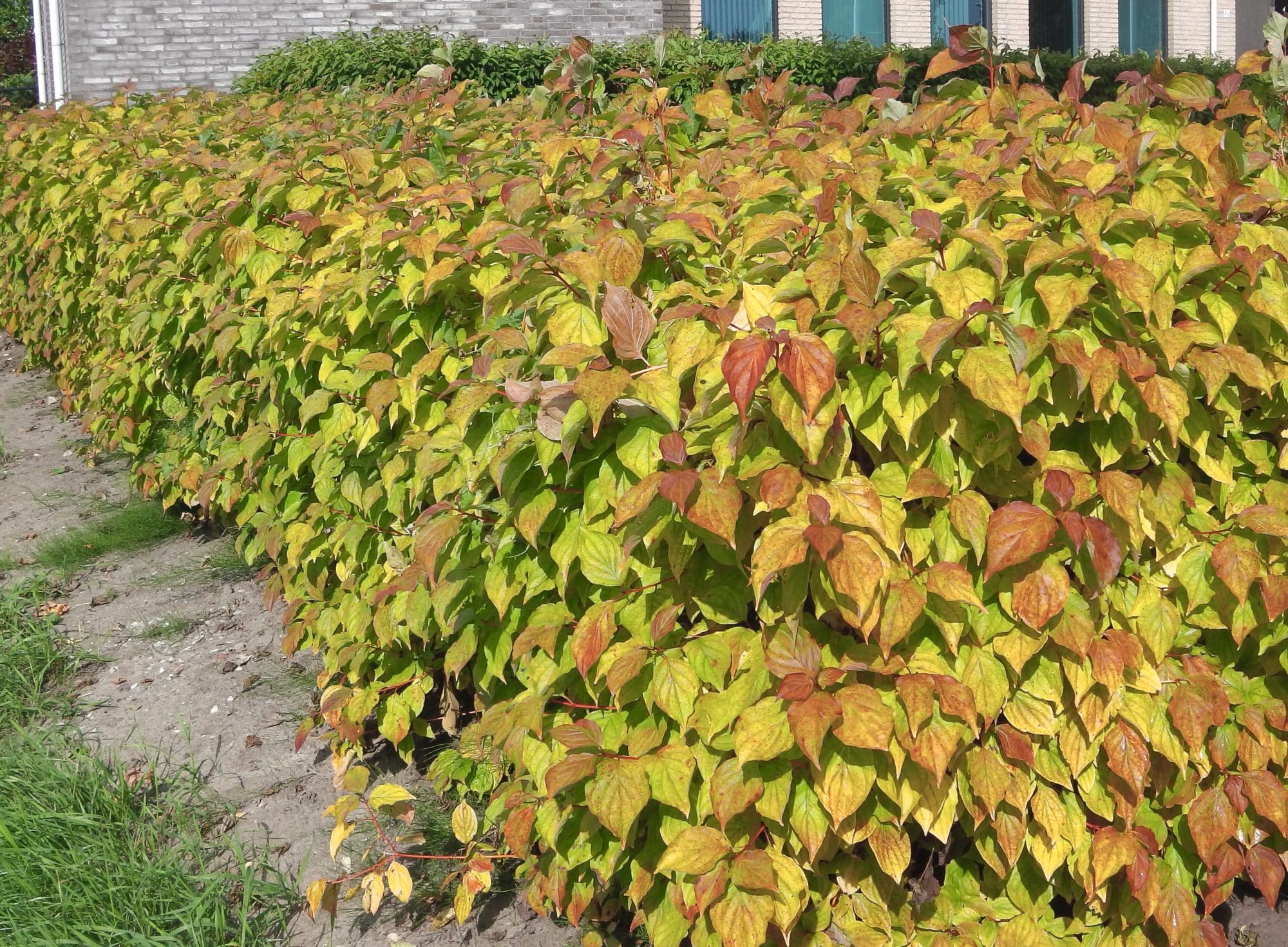
Buy Dogwood Midwinter Fire Cornus Sanguinea or Common Dogwood Hedging
Midwinter Fire Dogwood. Description. When your garden is in full bloom in spring and summer, this dogwood shrub makes a lovely, tidy green backdrop. The fragrant spring blooms attract butterflies and summer berries attract birds. Then, in fall and winter the leaves drop away and reveal extraordinarily colorful stems, starting light at the heart.

Cornus sanguinea 'Midwinter Fire', Redtwig Dogwood 'Midwinter Fire' in
Deciduous shrub, about 4 ft (1.5 m) tall, multi-stemmed; in winter stems are bright orange-yellow at the base and red at the tips. White flower clusters appear in May-June. Sun to partial shade; best in well-drained soil. Cut back stems to within a few inches of the ground to encourage new shoots that will develop good twig color in winter.
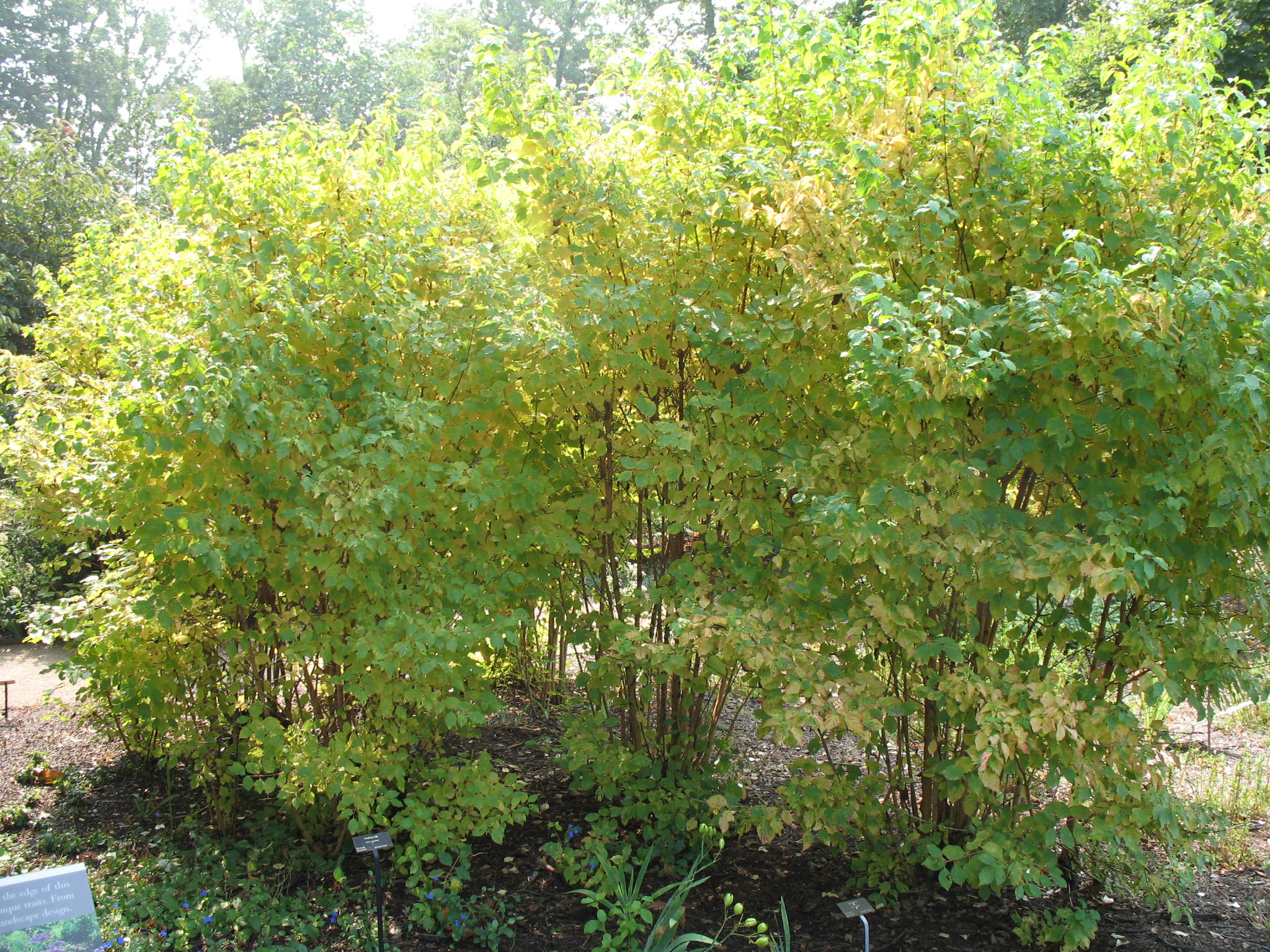
Online Plant Guide Cornus sanguinea 'Midwinter Fire' / Midwinter Fire
Bloodtwig Dogwood is a deciduous shrub with blood red twigs in the winter. Also, it attracts butterflies and birds with its fragrant flowers and fruit.. Cornus sanguinea 'Midwinter Fire' Common Name: Bloodtwig Dogwood. Annual Growth: 6-9" HxW@10 Years: 6'x6' Color: green. Sun Exposure: Sun/Part Shade. Growth Rate: Dwarf. Form: Upright.

LARGE Cornus sanguinea Midwinter Fire 80120cm tall super bushy
Midwinter Fire Dogwood. This dogwood puts on one of the most impressive shows in the fall and winter seasons. All of the leaves fall away to reveal gorgeous colorful stems that start bright yellow towards the center and move up to a orange and red, like a brilliant flame. Matching the warm autumn hues and standing out in the stark winter.